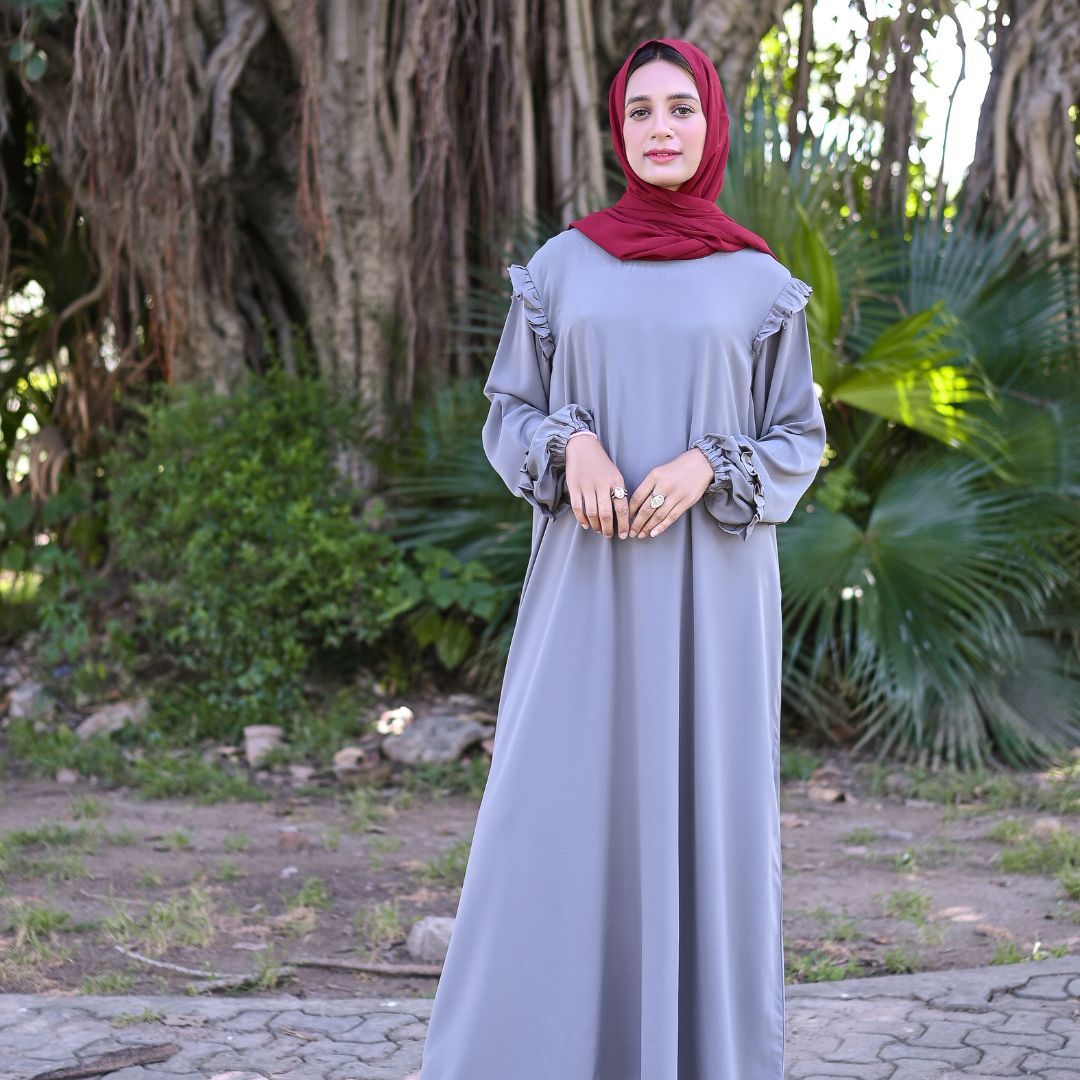We hijabi women face disastrous hair damage for being so careless about our hair. We cannot neglect to be careful with our hair, especially when being a hijabi who wears a hijab for long hours.
Wearing hijab is indeed a beautiful and empowering choice, but besides being only this, it requires some extra attention to keep your hair healthy and looking its best.
1. Keep Your Hair Clean
You need your hair washed regularly. This is one of the most basic and essential steps to keeping it fresh and cleansed. As your hair type varies, so your hair washing pattern. It means that if your hair gets oily quickly, you should wash it very often.
Now, if your hair type is dry, wash your hair twice a week, and this is a must. Using gentle, sulfate-free shampoo will cleanse the dirt and keep natural oils that.
Also, don’t forget to condition your hair.
2. Let Your Hair Breathe
If you wear a hijab all day and do not give your hair much space to breathe, it dies and irritates your scalp. If you’re hair is sweating, completely dry it before you put on your hijab.
Being at home, you need to give your hair a little break by taking off your hijab and letting your scalp breathe so your hair doesn't die. This simple step helps to prevent sweat and buildup, keeping your scalp feeling fresh and healthy.
3. Choose the Right Hijab Material
The fabric of your hijab impacts your hair’s health directly because if it's not breathable, your hair will catch irritation and cause itching and brittleness. While choosing your hijab type, preferably vote for cotton, chiffon, or bamboo.
Moreover, fabrics like synthetic fabrics like polyester, can trap heat and moisture and are a disaster.
4. Avoid Tight Hairstyles
If you tie ponytails, style buns, or knit braids, they put a lot of pressure on your scalp and hair, which can cause breakage or damage to them. Also, if you wear an under hijab, avoid styling your hair too tight and wear an under scarf as well.
If you need to secure it, use a soft, stretchy hair tie that won’t pull too tight. This reduces stress on your hair while still keeping everything in place.
5. Moisturize Your Hair and Scalp
You own skin and hair, too, so as you care for your skin, you should care for your hair and scalp, as they need moisture to stay healthy. To treat a dry or itchy scalp, you must treat it with hydration. Massaging your hair with oils like argan, coconut, or jojoba is perfect for this.
A few drops massaged into your scalp can boost circulation and hydration, while also preventing split ends. Focus on the ends of your hair as well to keep it shiny and nourished.
6. Deep Condition Regularly
Once a week, treat your hair with a deep conditioning treatment. To repair any damage, use conditioner and give your hair a healthy, soft boost.
You can use a deep conditioner by market or make your own using simple ingredients like honey, avocado, or coconut oil.
7. Eat a Balanced Diet
If you want your hair to be healthy, the proper care should be from the inside out. Eating a balanced diet that’s rich in vitamins, minerals, and protein supports your hair health so much.
Your diet should be rich enough to consider eggs, nuts, leafy greens, and fruits to nourish your hair follicles. Don’t forget to drink plenty of water as well for a healthy scalp and strong hair.
8. Avoid Common Haircare Mistakes
Due to some common mistakes, you ruin your hair as a hijabi. Follow the suggestions and unlock healthy, shiny hair, besides being a hijabi:
-
Wait for your hair to dry before tying it or wearing a hijab.
-
Over-washing your hair can strip your hair of its natural oils; this way, you will face dry and brittle hair.
-
Don’t ever wear a hijab that’s too tight and can cause discomfort; it will lead to damaged hair.
Conclusion
If you wear a hijab and feel like you don’t have to care for it for the reason they’re always being covered, this is ultimately a wrong thought.
You need to be extra careful about them being cleansed, moisturized, and necessarily wear breathable hijab fabrics.
Give your hair breaks so they don’t catch tension.



